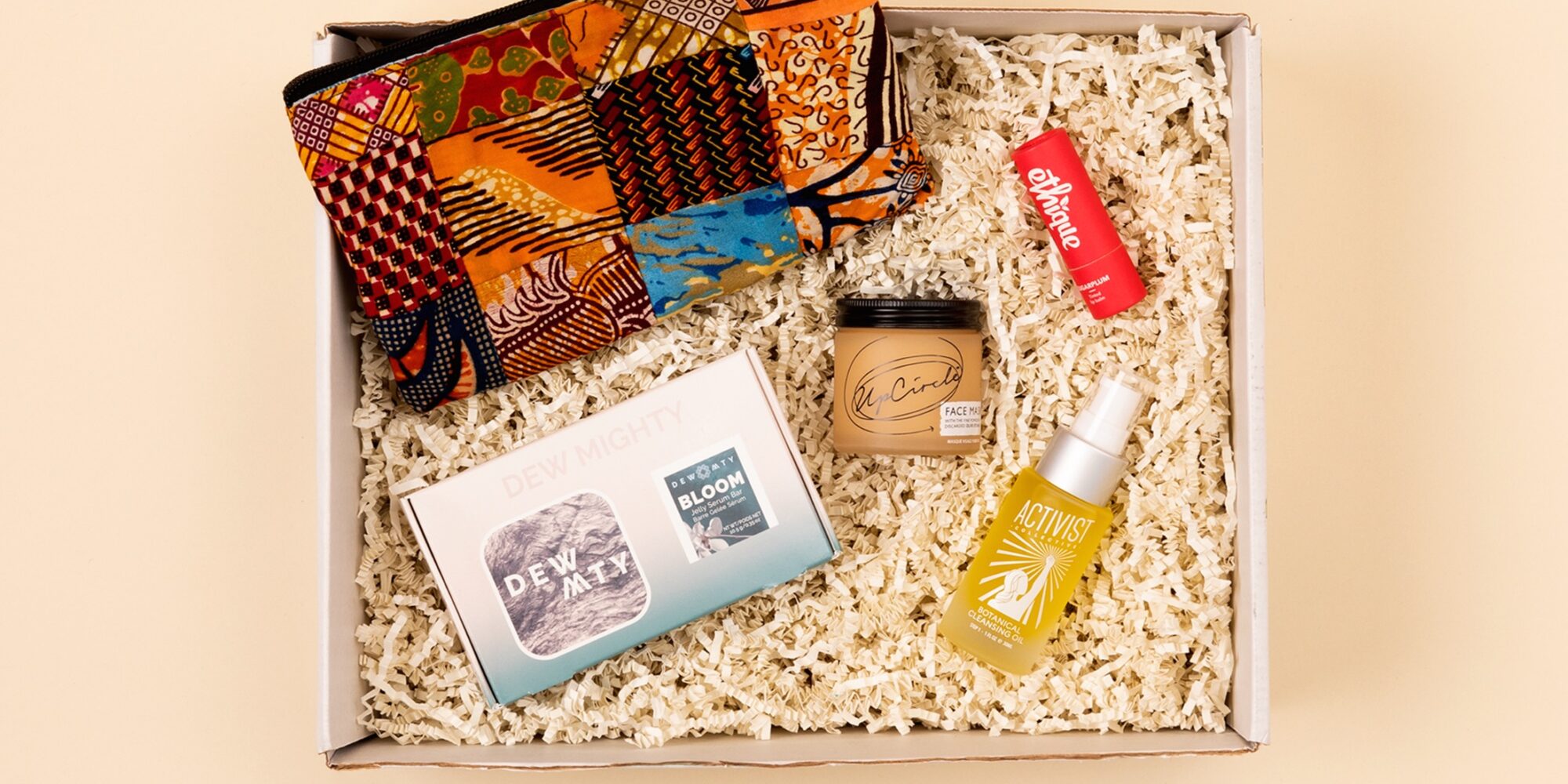
At Brightly, The Product Drop Model Is Getting More Ethical And Environmental
Buying stuff isn’t an ecological pursuit. Brightly, the conscious consumerism content-cum-commerce platform, is the first to acknowledge that. “We want to help you cut down your consumption together with us and our community, but it’s about being realistic about what works for your lifestyle, for your family,” says Liza Moiseeva, former CMO and co-founder at fair trade subscription box company GlobeIn, who launched Brightly in 2019 with Laura Alexander Wittig, previously product or program manager at Adobe, Sephora, Google and Amazon.
After producing content for its website, podcasts, YouTube, Instagram, TikTok, where it reached 30 million views last year for videos on sustainable product swaps and eco-friendly living, and more, Brightly recently extended into e-tail, but didn’t do so in a conventional way. Its product drop model offers merchandise for a limited period at the beginning of the month that’s shipped to customers at the end of the month. Brightly only secures the amount of merchandise that’s been purchased. To learn more about the model and Brightly’s approach to building its selection, we touched base with Moiseeva and operations manager Kendall Harris to discuss what constitutes transparency, price sensitivity, the supply chain crisis, beauty products the Brightly community is loving and why sustainability isn’t about perfection.
You have content and commerce. What’s the content side of Brightly about?
Moiseeva: We grow our community through amazing, inspiring content. The ultimate goal of Brightly is to inspire billions of people take small steps towards accessible, realistic, imperfect sustainability. We meet our community wherever they are on that sustainability journey in a very positive, uplifting and mainstream way.
This message has been really resonating with people. We truly believe that positive impact on the planet will only be created at scale. It’s not going to be created by people who are 100% vegan or people who shop only clean beauty and ethical fashion. We want to be realistic and celebrate every good thing we are doing for the planet as consumers and citizens of the world.
How did you think about getting into commerce?
Moiseeva: For almost two years, we were a pure media company, but we always had commerce in our mind when we launched Brightly. We want to be realistic with ourselves as well with our community. Zero waste is not possible. Not buying anything is not possible. The average person in the world will buy something. And, if they buy something, we want to give them the best planet-friendly option.
It’s very connected to our media approach. We have always been recommending products to our community. Since we launched our community of ambassadors that’s now about 25,000 people, people have asked about product recommendations. Thankfully, there’s a ton of amazing eco-friendly products to choose from in every single category right now, and it’s our job to find the best products.
Can you elaborate on how the product drop model works?
Harris: Each month we offer our customers a selection of products that we want to feature for that month only. At the top of the month, we push that collection live. The customers can shop for about a week. Then, we close the shop, and we work on the fulfillment side of things. We only order from our vendors exactly what we need. It’s sent to our fulfillment center and, then, out to our customers.
We find that this way is a more sustainable way to shop because we’re not wasting carbon emissions on ordering products we don’t need. We’re consolidating their orders together. So, we’re not shipping customers 10 different boxes of 10 different products. We are a carbon neutral-certified company.
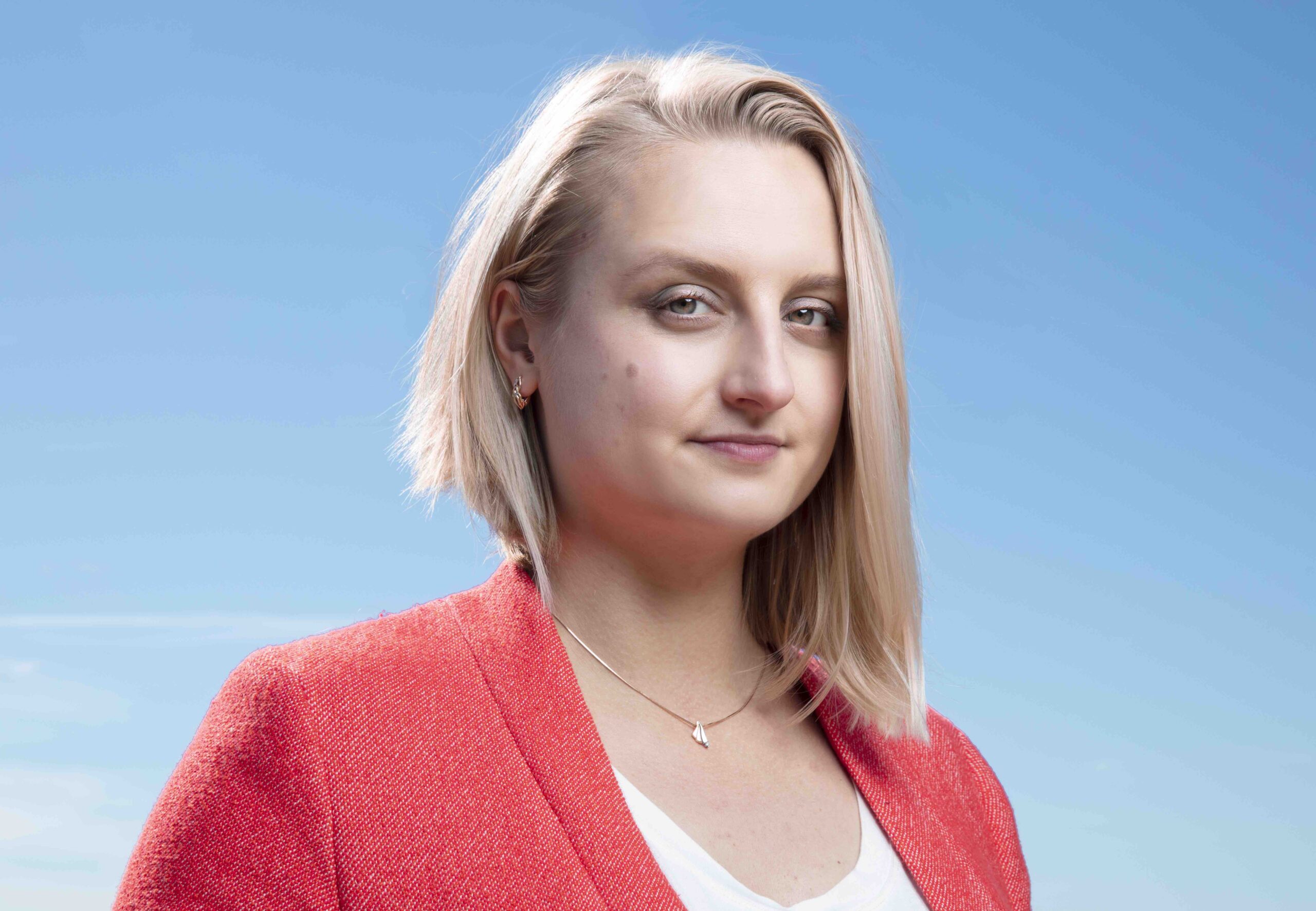
What’s in the selection?
Harris: We do beauty and wellness, but we also do home decor, fashion accessories and kitchen. We just started doing a little bit of consumables like food products. As we shift into holiday, it will be more of a gifting model where you’re looking at gifts you would purchase for somebody else.
Liza touched on this before. We’re really looking to showcase the best of the best. We don’t want to sell 50 different mascaras. We want to do the work for our customers and test out those 50 mascaras and pick the best one that’s most innovative, effective and planet-friendly to offer the customers.
What products are people gravitating toward?
Harris: Not something that just looks cute or pretty, but something that actually solves a problem that they might have. Also, products that are truly innovative. We worked with a mascara company our first month, and they had this really, really innovative zero-waste packaging. That one was just a home run for our customers. We’ve never really seen anything like it, and it also happened to be very effective. The brand was Izzy.
How do you find products?
Harris: We look at what our community is looking at. We have a very active and engaged community. We’ve got the Brightly app, where folks are very vocal about the brands they like and what they’re trying out. We also do our own product research as well and, then, brands also approach us with new products that they’re launching, too.
How does the ambassador program work?
Moiseeva: You can think of the app as Facebook focused on all things eco-friendly. It’s a place where people can read the content Brightly is producing. There are also chat groups for slow fashionistas, clean beauty addicts and more. It’s by interest or region. We do have international ambassadors.
Anyone can join. It’s 18-plus. It’s completely free. You can join the app, consume all the content and see what people are chatting about or you can get more involved in conversations. You can also get even more involved by doing weekly challenges like sharing your favorite Halloween costume or meatless recipe.
Ultimately, they are loud speakers for Brightly and Brightly brands. About once a month, a few of them get to apply to review products for us. Brands can get a lot of social proof by getting vetted by our community.
What do you look for from brands?
Harris: We’ve got some pretty strict criteria that we follow for each product. First of all, we want to make sure it’s ethically made. We like fair trade certifications or B Corp certifications. We also look for packaging that is thoughtful. We call it “thoughtful packaging” because there are varying degrees. Some folks go the extra mile and do something that’s compostable or truly zero waste. In the beauty industry, in particular, there are certain components that are really challenging to get there, but they’re working on it actively.
We’ve worked with PYT, and they did post-consumer recycled packaging, which we thought was pretty thoughtful. We are looking for clean ingredients. And, also, like I said before, things that solve problems. Going ahead, we’re looking at innovation, and products that are really coming up with new and creative solutions.
Who is in Brightly’s core audience?
Moiseeva: Our core audience is millennial and gen Z women between 18 and 32 years old. We are a multichannel platform, and our audience varies a little bit on the different platforms. Our ambassadors definitely tend to skew younger. Then, our podcast listeners tend to be slightly older. They are spread all over the country pretty evenly, but we have quite a few folks from around the world as well.
Our main growth channels right now are Instagram and TikTok. We have almost 600,000 followers on TikTok and over 230,000 followers on Instagram. The podcast has been consistently growing for a few years, and we’re going to focus on it next year.
The coolest thing about Brightly is that the entire growth in the last almost two years, including e-commerce revenue growth, is all organic. We don’t spend a single dime on paid media. We don’t do Facebook ads, Google ads, whatever ads. All of the sales that we get either through media partnerships or shop sales, it’s all through the organic reach of our content.
How does the supply chain situation affect you?
Moiseeva: When you source products ethically with clean ingredients—we work with artists and say in India, Mexico and elsewhere—you create your own constraints. Because we want to make things differently, we want to support people in remote regions of the world because they need it. By the nature of that business, it’s more difficult, but we wouldn’t do it any other way.
Harris: It’s a different year than I’ve ever seen in that you really just don’t know when things are going to arrive. There’s just so many unknowns, and it’s just this big gray area called the supply chain crisis. From overseas to the U.S., things could just be stuck somewhere for a long time. We’ve been encouraging our customers to shop thoughtfully and slowly, and to shop early, most importantly. So, we were pushing holiday the first week of October. We’re continuing to do that through November. It’s a matter of educating our customers about it.
Are there takeaways for companies that want to establish more ethical supply chains?
Harris: Some of the brands that we worked with that were ethically made overseas, we were actually able to work around this because we weren’t shipping on these huge container cargo vessels coming in from China that ended up getting stuck. We ended up getting our wine glasses from Mexico on time because not a lot of people thought to work with artisans over there and get their products from over there. Thinking outside of the box and looking to alternatives and maybe even getting domestic suppliers, all of those are ways to mitigate the crisis.
Are people price sensitive when they shop on Brightly?
Harris: We try to be budget conscious. We have a really vast audience, and some are more price conscious than others. We want to make sure that the product is offering a good value. Some products are priced a little bit higher, but they end up saving the customer in the long run. An example would be our dishcloths. I think they’re $14, but they replace rolls and rolls and rolls of paper towels. So, you are making an investment upfront, but you are saving money in the long run.
Another product that was somewhat surprising for us in terms of price was our safety razor by Leaf. It’s $84. So, it’s an investment. However, this razor will literally last you the rest of your life. It’s completely plastic-free, and it’s beautifully made. Our customers are willing to make an investment for something like that.
What’s an idea in your community that you think will become bigger?
Moiseeva: People and brands that we have worked with are understanding zero waste is not possible. Let’s embrace imperfection. That makes me really happy. It’s less about the kind of people who want to be perfect in their sustainability journey and very black and white. Now, people are understanding that it’s complicated. How do you recycle? What is compostable and biodegradable? People are questioning, do I do this or that? There are nuances everywhere.
It’s about the notion of living an imperfect sustainable lifestyle and really recognizing that is the only way for us to make a scalable massive impact. Before, everybody was like, “Oh, we’re perfect. We’re organic. We’re extremely natural.” Now, even brands making products are like, “You know what, we have some work to do, and we know that.”
What do you expect for e-commerce sales?
Moiseeva: We don’t have a specific sales number to be completely honest with you. We have investors and our community behind us long-term. So, we’re very fortunate with that. At least through the end of Q4, we’re very much approaching this as a test. We could pull the paid ads lever, but we are consciously not doing that because we’re testing how many members of our community want to shop with us.
Tell us about the investment you’ve raised.
Moiseeva: We raised $1 million this January. Snapchat was our first original investor. Our investors really see the value of community. There are so many brands and products out there, why would people shop and support you? Not because of your amazing product and packaging. There are probably others as amazing and beautifully packaged. So, they shop with you because of the community and the trust that’s cultivated. I think that’s why investors decided to support us.
How do you compete with the speed of Amazon?
Harris: One of the most pleasant surprises is that our customers are happy to shop slow because the environmental footprint is smaller. I know Amazon has trained customers for years to get used to this two-day shipping window, but we’ve kind of shifted that and suggested to our customers that they shop slow with Brightly. They wait for us to get all this product to our fulfillment center. We’re only ordering exactly what we need and, then, we ship out all at once to them. They order their package the first week of the month, and it arrives to them by the end of the month.
So far, they’ve been happy with it. There is a customer out there that’s willing to go the extra mile in the name of the environment and, and they’re doing that for us now. We’re getting a lot of customer retention and a lot of growth by doing this.
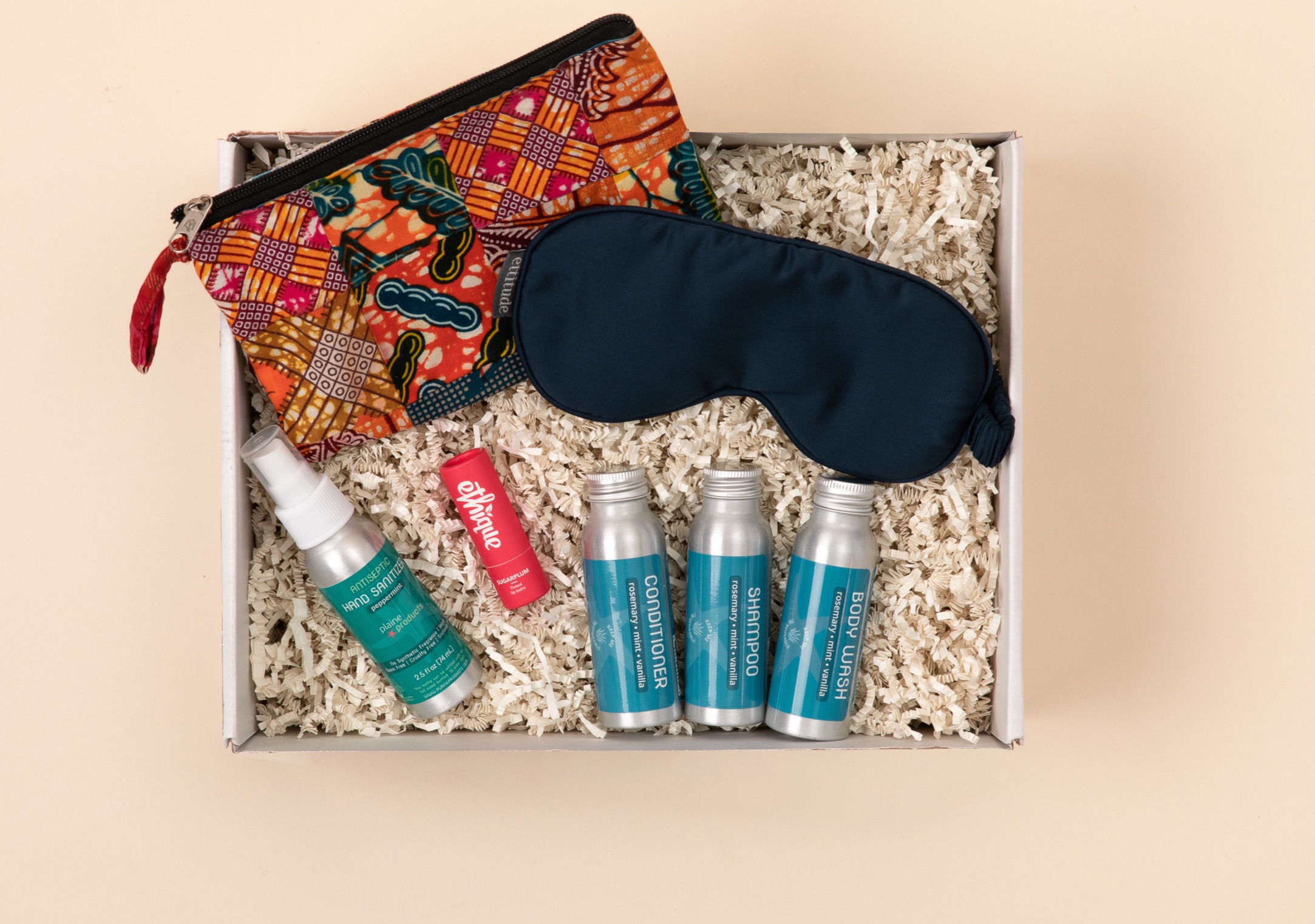
What do you personally do to be a more ethical shopper?
Moiseeva: Just taking even a few minutes to stop and think if you need something, that’s huge. The most sustainable thing that you can buy is actually the thing that you don’t buy. It’s about reusing what you already have because of the resources involved in creating every single new product, shipping it to you or delivering it the store.
Besides Izzy’s mascara and Leaf’s razor, are there beauty or personal care products that you are loving from your selection?
Harris: We’ve been working with this small brand called Mango People. Its Multi-Stick has been a bestseller for us. I love it because its multipurpose, and the founder designed it so it would go on all different skin tones. We love to be very inclusive in what we choose for our shop. I also love that she moved to new aluminum packaging. That’s what we mean when we talk about small steps toward improvement. That one will be featured in one of our gift boxes.
I love the UpCircle beauty products. Those come from upcycled food waste ingredients, and they are repurposed into really cool formulas. We have also partnered with a brand called DEW Mighty. It has reimagined serum.
The Brightly website talks about transparency. How does that manifest on it, and how do you ensure the brands you work with are transparent?
Moiseeva: I don’t think you can see it right now on our website, but we will have product listings that are very, very long. We have all the ingredients, certifications, reviews from the team and photos as well. We provide as much information to be as transparent as possible about every single product and be very clear about why we chose this product instead of another one.
We always get this question from our community when they’re looking at other brands: How do I know if this brand is sustainable, transparent and ethical? The first recommendation is always to get certifications, and we have tons of content on Brightly about different certifications. You can be more assured because they’re from a third party. With our climate neutral certification, we didn’t just say that. We have a third party that’s verified that.
Another thing I love to see is when brands are sharing their supply chain information, when you can see all of their factories, and they don’t hide the fact that they have factories in China. You can produce things ethically in China with enough effort. If I go to a website, and it says the words “sustainable” and “transparent,” and I cannot see any information on that website or even in the FAQs, that’s a red flag.
When a brand is willing to put in the extra effort and provide information, that makes me feel better. And, of course, at Brightly, we always dig deeper. We talk to the founders most of the time and know the nitty gritty details about their products and supply chains.
You have Brightly-made products you call exclusives that you plan to expand upon. Where do you see those products going?
Harris: Our dishcloth doesn’t really go out of style. I see us showcasing more forever products that don’t really go out of style. I don’t think it would be fast fashion or anything along those lines.
Moiseeva: In many cases, they come from abroad. Until we reach massive scale, we won’t be able to sell thousands in a week. It’s very important to order a decent amount of product and not have to ship like 100 units of something small from China by air. We owe it to our community to keep every single aspect of our supply chain in check. We always consider how it impacts the planet.
What are goals going forward?
Moiseeva: Our community wants to meet in person. They want to do events with brand founders to learn about the products and how we select them. They want to meet each other for clothing swaps and beach cleanups. So, we definitely have a lot of plans for the community.
On the product side of things, we’re taking it slow. We trust in data and community feedback. The goal will never be just to create or produce something just for the sake of sales because, as an ethical business, we owe it to ourselves and the planet to consider the environment no matter what we do.

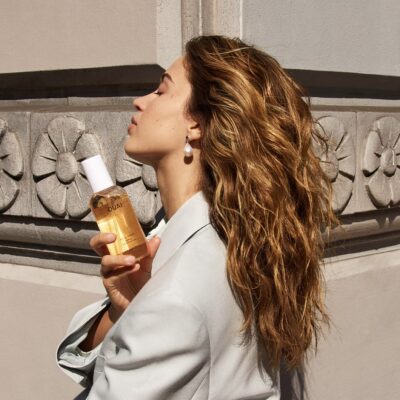
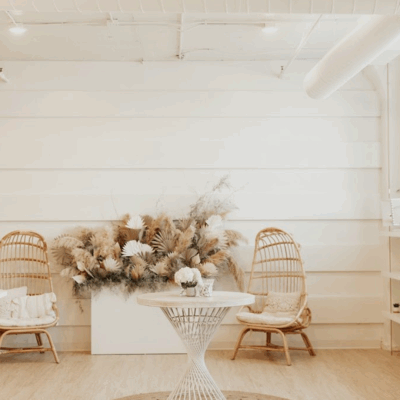
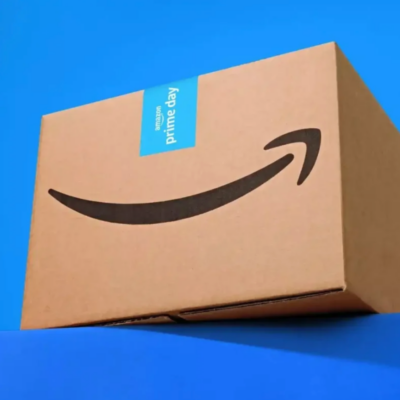

Leave a Reply
You must be logged in to post a comment.